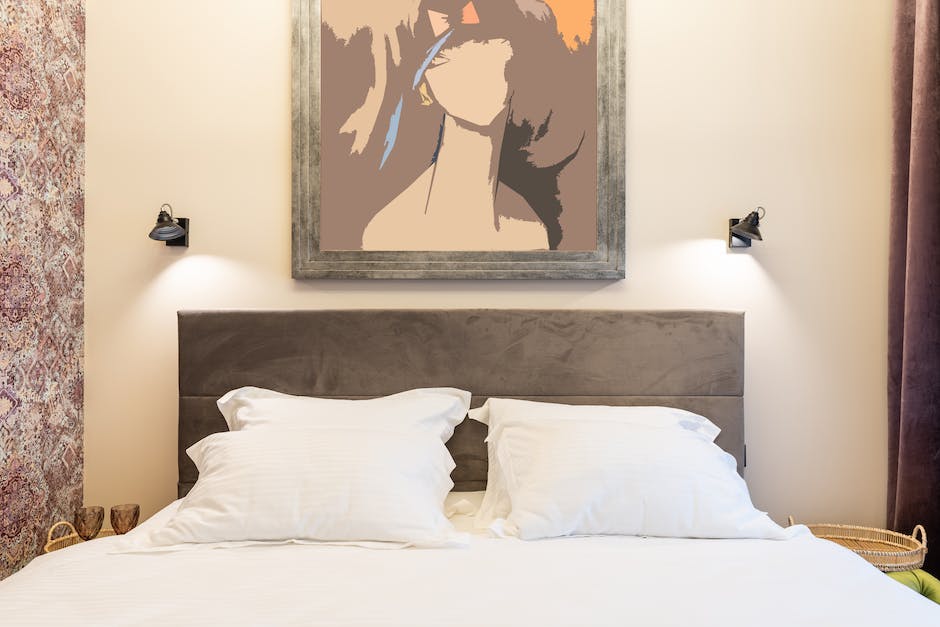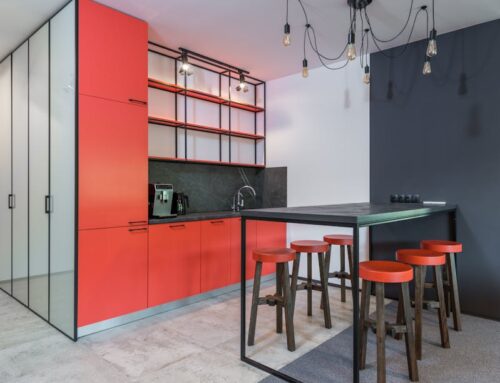Choosing the right plants for indoor gardening
When choosing plants for indoor gardening, consider factors like the level of natural light that enters your home and your commitment to watering and caring for the plants. Some popular indoor plants that thrive in low light conditions include the snake plant, peace lily, and ZZ plant. If your home receives plenty of sunlight, consider plants like spider plant, aloe vera, and succulents. It’s essential to research each plant’s specific care requirements before making your decision.

Understanding light and temperature requirements
When choosing colors for your home, it’s important to consider how light and temperature can affect the way a color looks in a room. Natural light can make colors appear differently throughout the day, so it’s essential to test paint samples at different times. Additionally, consider the temperature of the room – warm colors can make a space feel cozier, while cool colors can make it feel more spacious. Be mindful of these factors when selecting paint colors for your home to achieve the desired atmosphere.
Selecting the appropriate containers for indoor plants
To choose the right containers for your indoor plants, consider the following:
- Ensure that the containers have drainage holes to prevent water from pooling and causing root rot.
- Choose containers that complement your home decor and the color of the plants.
- Select containers made from porous materials like terracotta to allow air and water to pass through the soil.
- Keep in mind the size of the plant and its growth potential when choosing the size of the containers.
Soil and fertilization for indoor gardening
When it comes to indoor gardening, the type of soil you use is essential for the health of your plants. Quality potting soil is crucial, as it provides the necessary nutrients and drainage for your indoor plants to thrive. Look for a soil mix specifically formulated for indoor plants, ensuring it has good aeration and moisture retention. You may also consider adding organic matter or compost to further enrich the soil. As for fertilization, indoor plants typically require less frequent feeding compared to outdoor plants. Use a balanced liquid fertilizer or a slow-release fertilizer and follow the instructions carefully to avoid over-fertilizing. Keep in mind that different plants may have specific fertilization needs, so it’s important to research each plant’s requirements. With the right soil and proper fertilization, your indoor garden can flourish beautifully.
Watering and maintaining indoor plants
To keep your indoor plants healthy, it’s important to water them regularly but not excessively. Overwatering can lead to root rot, so make sure the soil is dry to the touch before watering again. Use room temperature water, and be mindful not to pour too much water at once. Additionally, remember to dust the leaves regularly to allow for proper absorption of sunlight. Providing sufficient sunlight and maintaining the right humidity level can also contribute to the well-being of your indoor plants.
Dealing with pests and diseases in indoor gardens
Make sure to keep an eye out for any potential pests or diseases in indoor gardens. Common pests in indoor gardens include aphids, spider mites, and fungus gnats, while common diseases include powdery mildew and root rot. Inspect your plants regularly and address any issues promptly to prevent them from spreading. Consider using natural remedies like neem oil or insecticidal soap to combat pests, and adjust watering and environmental conditions to prevent diseases. Remember that maintaining a clean and healthy environment for your indoor garden will help prevent pest and disease infestations.
Pruning and grooming indoor plants
To keep your indoor plants healthy, regularly prune and groom them. This involves removing dead or yellowing leaves, trimming back overgrown branches, and using clean, sharp tools to avoid damaging the plant. Grooming and pruning will encourage new growth and keep your indoor plants looking vibrant and well-maintained.
Creating a proper indoor garden layout
When creating an indoor garden layout, it’s important to consider the following:
- Choose the right location with access to natural light
- Select plants that are suitable for indoor environments and consider their watering and lighting needs
- Use pots and containers that match your home decor
- Consider the size and shape of the plants to create a cohesive and visually appealing arrangement
Tips for maximizing limited space in indoor gardening
When working with a limited indoor space for gardening, it’s important to maximize every inch available. Here are some tips to help you make the most of your indoor gardening area:
- Vertical Gardening: Utilize wall space by installing shelves or vertical planters to grow your plants upwards, saving floor space.
- Hanging Plants: Hang small pots or baskets from the ceiling or hooks to add greenery without taking up valuable surface area.
- Choose Compact Plants: Opt for small or dwarf varieties of plants that can thrive in containers, such as herbs, succulents, or compact flowering plants.
- Utilize Natural Light: Place your indoor garden near windows or areas with ample natural light to ensure your plants receive the sunlight they need.
- Use Reflective Surfaces: Position mirrors or reflective materials strategically to bounce light around the space and create an illusion of more room.
By following these tips, you can create a flourishing indoor garden in even the most limited of spaces.
Conclusion: Enjoying the fruits of your indoor gardening efforts
If you followed our advice and selected the right colors for your home painting project, you’re now ready to sit back and enjoy the fruits of your indoor gardening efforts. The colors you chose should complement your indoor space and create a harmonious and inviting environment. Whether you went for calming blues, energizing yellows, or soothing greens, the right color choices can uplift your mood and create a comfortable and enjoyable living space. Now, take a moment to appreciate the transformation and relax in your newly painted, vibrant home.



